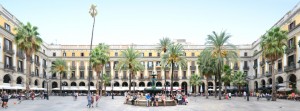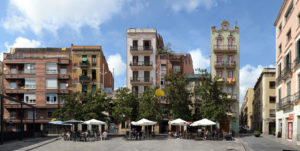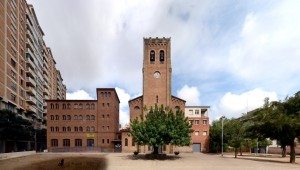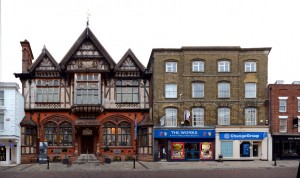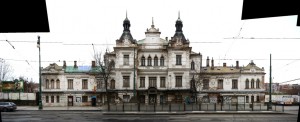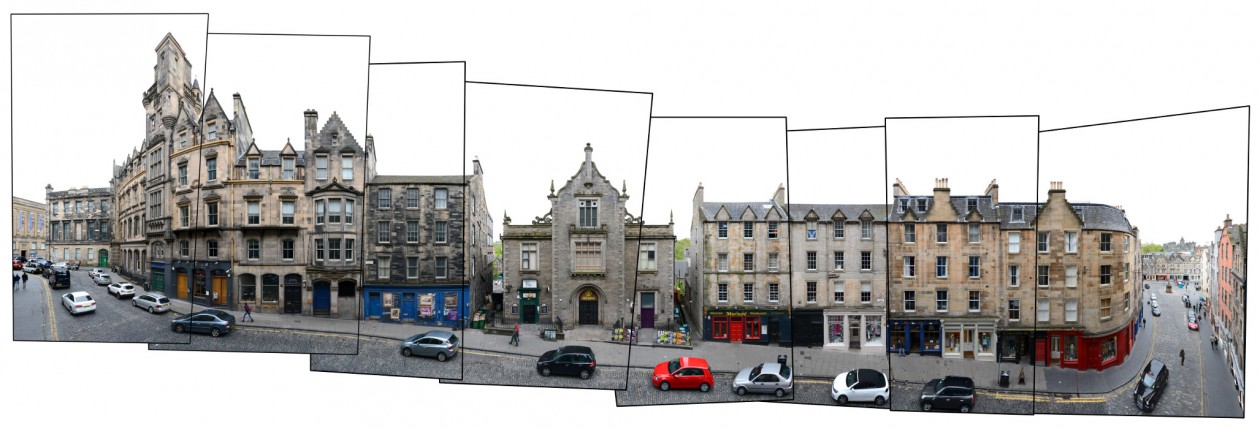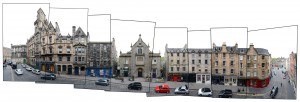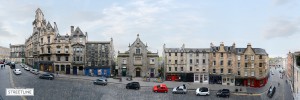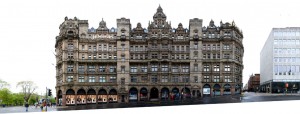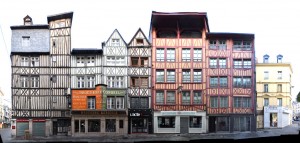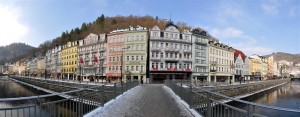Avignon [latin: Avenio], founded in the 6th century BC as Aouenion by greek settlers from Massalia (Marseille). Lies on the left bank of the Rhône river ca. 80 km north of Marseille and 200 km south of Lyon. Avignon is the largest city of the Department Vaucluse, the 5th largest in the Région Provence-Alpes-Côte d’Azur and Nr. 46 in all of France.
Population: 90.000 [2013] | 87.000 [1990] | 57.000 [1931] | 47.000 [1901]
Avignon has always been situated at the border of different countries, it belonged amongst others to the Greek, the Romans, the Franks, the Kingdom of Provence and Arles, the german Holy Roman Empire, the Papal State and finally to France following the French Revolution. Once in history Avignon became an important political centre – that was after the Pope decided to move its seat from Rome to Avignon in 1309, chosen for its proximity to the papal ruled Comtat Venaissin. For about 70 years the city was the centre of Christianity and served seven popes and two antipopes. Afterwards it still served as a second centre of the pope who sent a papal legate to rule the city. Today the cityscape is still dominated by the gothic 14th century Papal Palace and together with the cathedral and the famous Pont St. Bénézet bridge it earned the city UNESCO world heritage status in 1995.
The short papal rule in Avignon shaped the city more than anything else in its 2.500 years of history, especially with the errection of the Palais des Papes (english: Papal Palace). It was built between 1335 and 1370 by the ruling popes, the main architects were Pierre Poisson (old palace) and Jean de Louvres (new palace). Up until today the palace remains the largest gothic style building in europe. In this panoramic view we see the new palace (Palais-neuf) with the main entrance in the right half, the old palace (Palais-vieux) left of it a little bit to the back and the Avignon Cathedral (Cathédrale Notre-Dame des Doms d’Avignon) left of the Papal Palace. The palace gradually lost its importance and after the french revolution it was used as a military barracks and prison which resulted in the damage of most of its interior and frescos. Since 1906 it is a national conservation project and undergoes restoration ever since.
The Avignon Cathedral was originally built in the 12th century and serves as the seat of the archbishop of Avignon. After restoration in the 19th century a gilded statue of the Virgin Mary was placed atop in 1859.
Find more streetviews and cityscapes from France in our France overview.
Click for larger view:
For classic view and more infos about the place:






